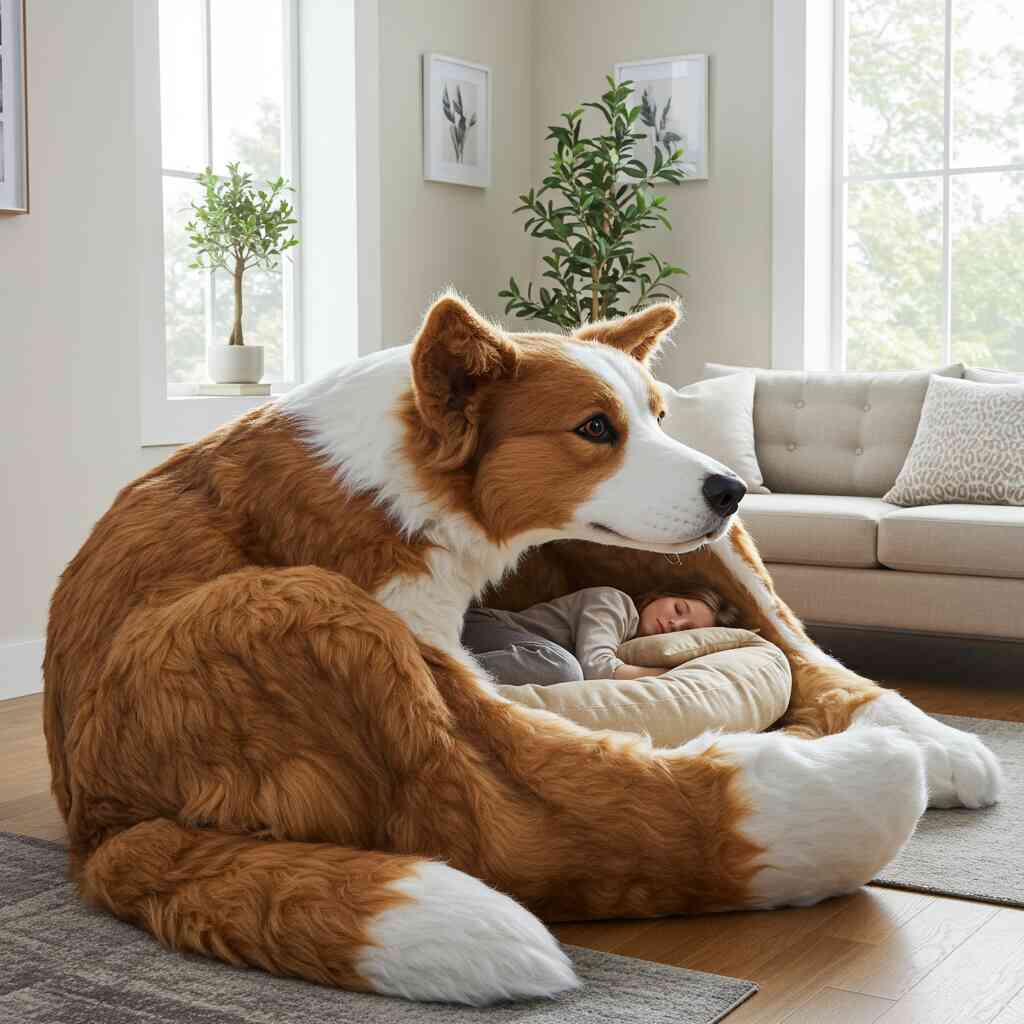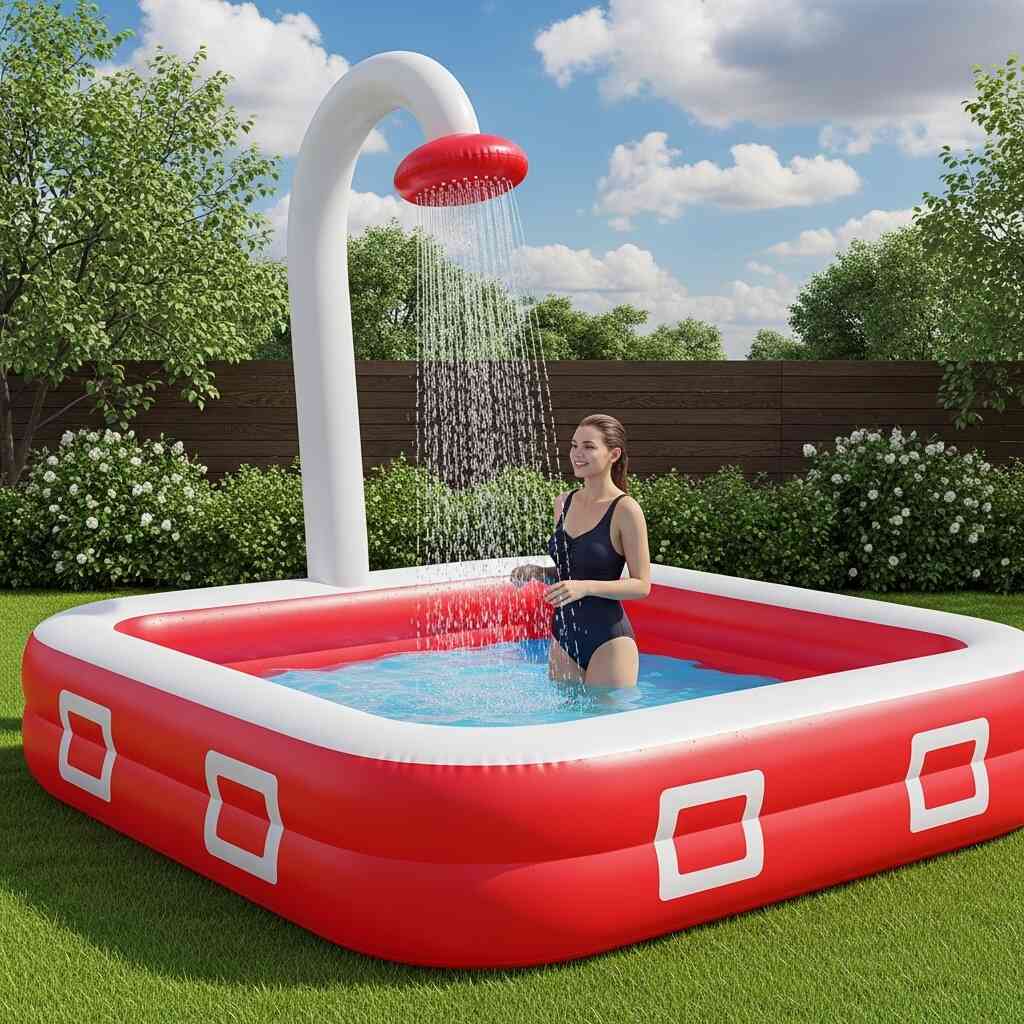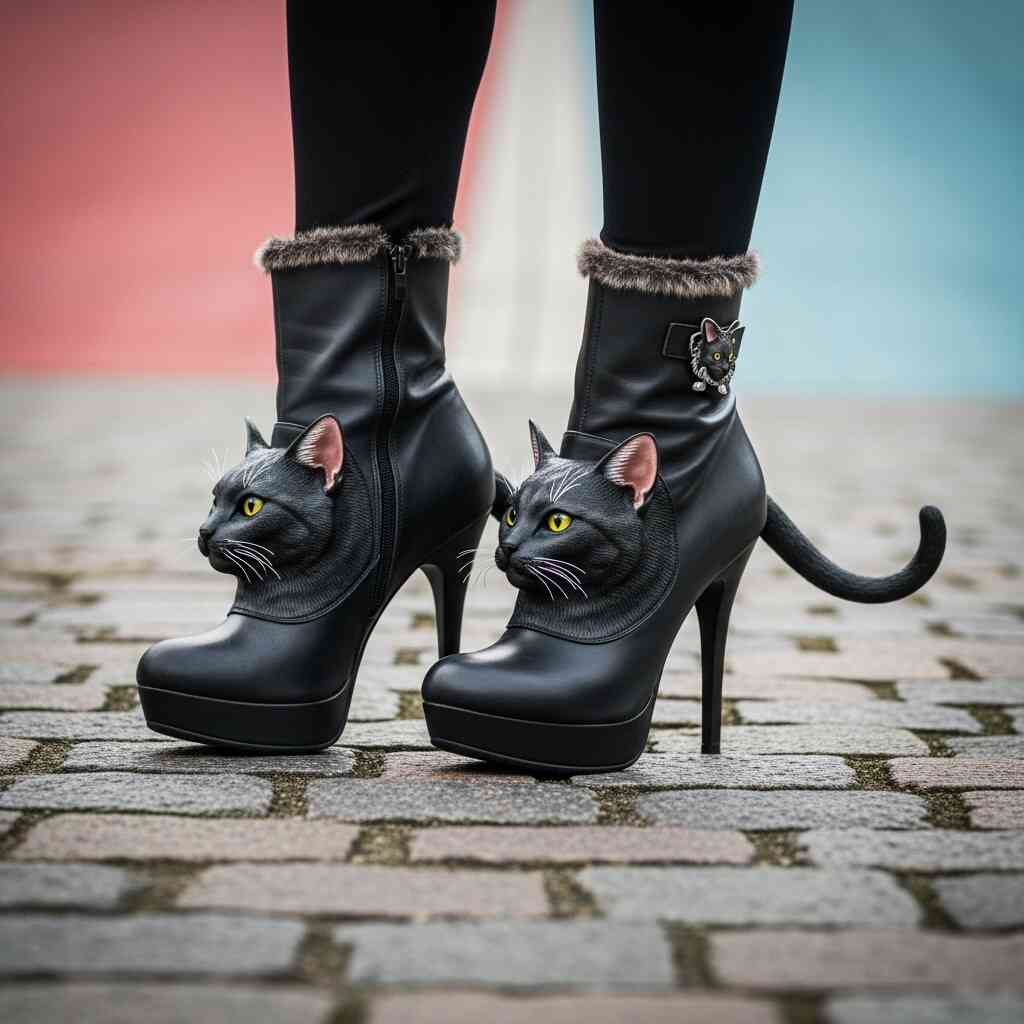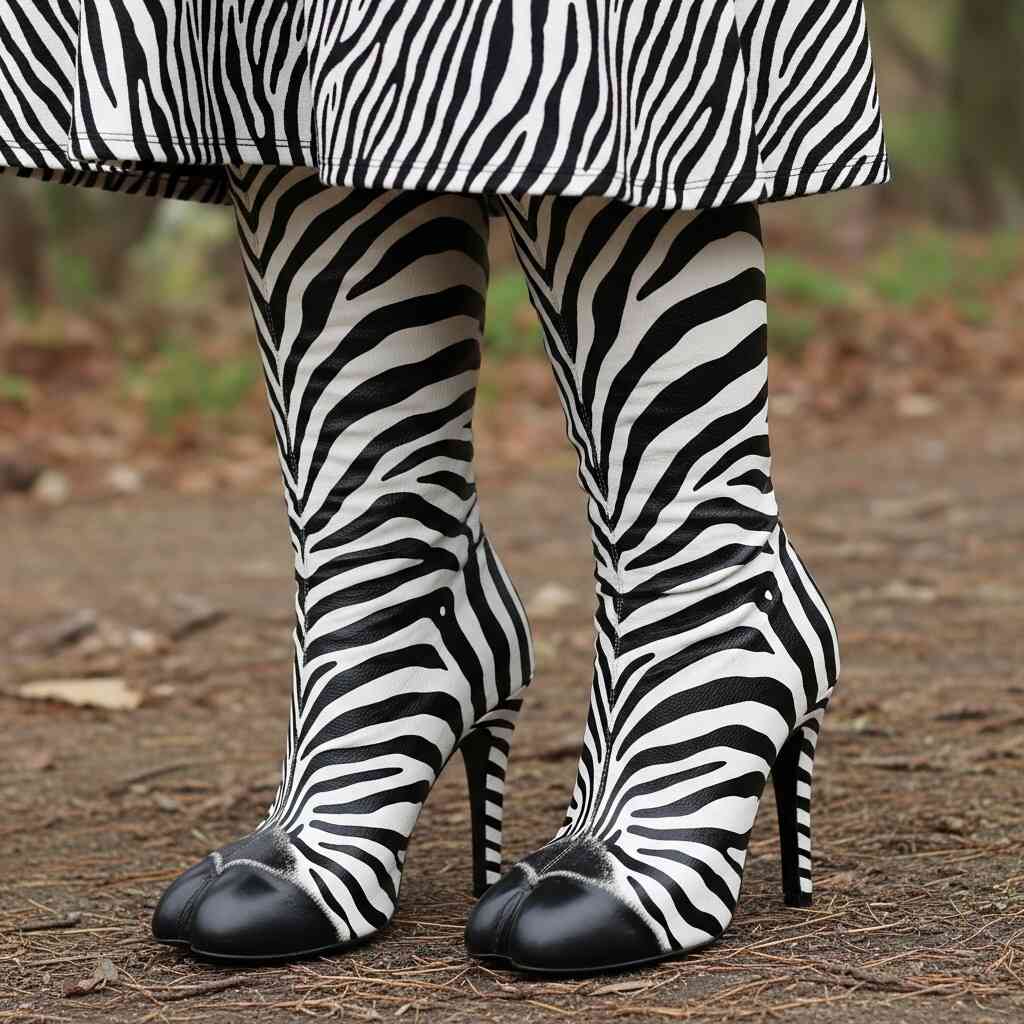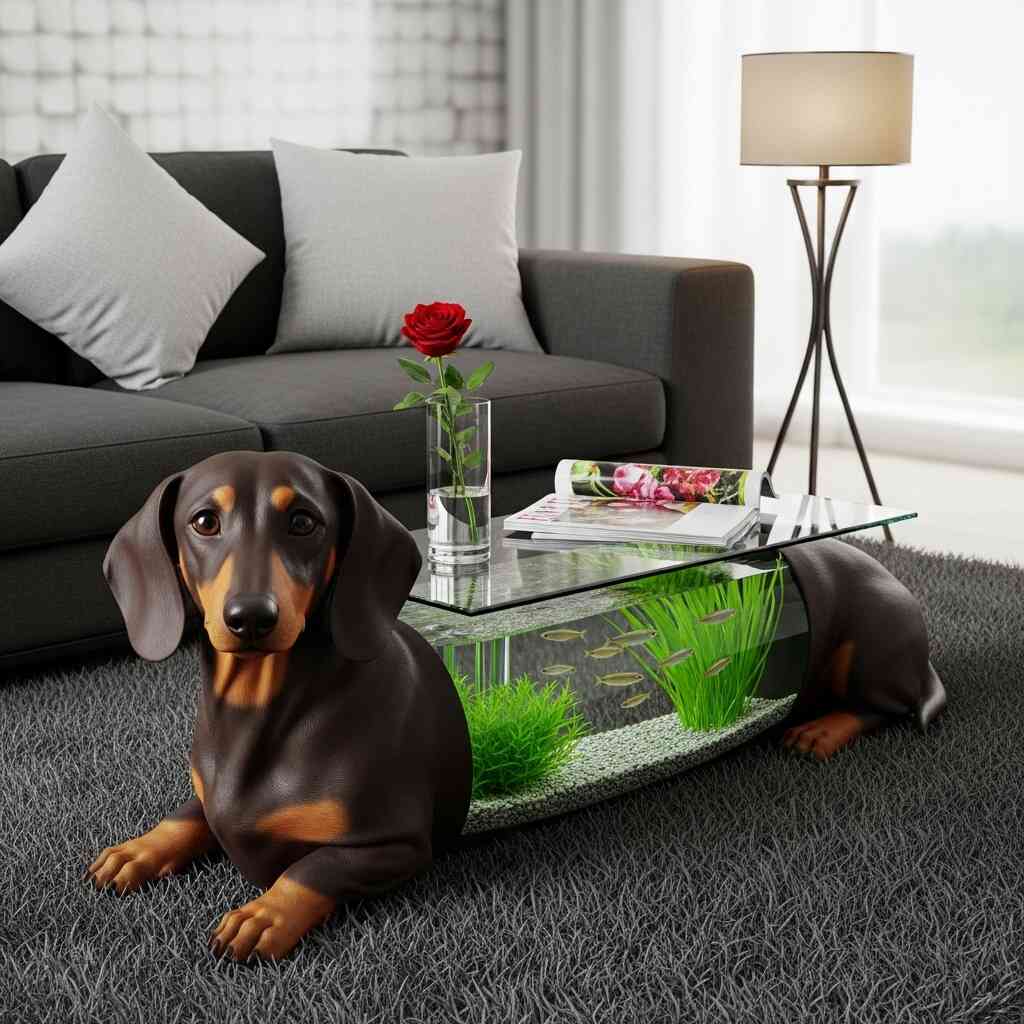In the ever-evolving world of pet care and home design, a unique trend has emerged that beautifully blends functionality with aesthetic appeal—dog swing loungers. These charming pieces of furniture are not just about providing a place for dogs to rest; they represent a deeper shift in how we integrate our pets into our living spaces. No longer relegated to corners or utility rooms, dogs have become integral members of the family, deserving of comfort, style, and individuality. Dog swing loungers capture this sentiment by offering a harmonious blend of ergonomic design, cozy materials, and whimsical charm that complements both indoor and outdoor environments.
The phrase “merging comfort with canine charm” is more than a catchy tagline—it’s an expression of a growing philosophy in pet ownership. As people increasingly seek ways to personalize their homes and enhance their quality of life, the inclusion of stylish, functional pet furniture has become a natural extension of that desire. Dog swing loungers stand at the intersection of these two ideals: they provide a secure and relaxing space for dogs while simultaneously enhancing the visual appeal of any room or garden.
This article delves deeply into the concept of dog swing loungers, exploring how they embody both practicality and personality. We will examine their origins, the thoughtful design elements that make them appealing to both dogs and humans, and the emotional and psychological benefits they offer. By understanding the broader implications of integrating such furniture into our lives, we can appreciate how these seemingly simple structures contribute to a richer, more connected living experience.
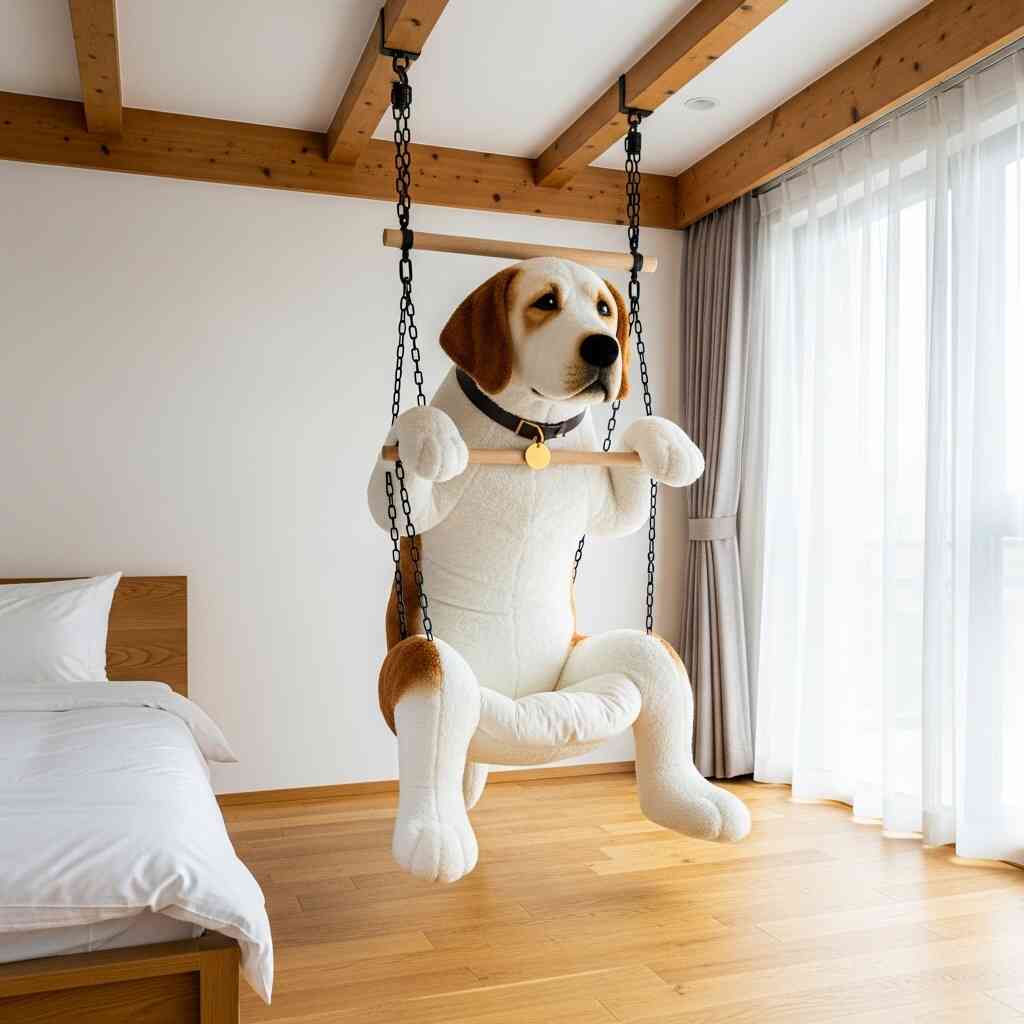
The Origins and Evolution of Dog Swing Loungers
The idea of creating dedicated resting spots for pets is not new. For centuries, dogs have had access to various forms of bedding, from woven baskets to plush cushions. However, the modern concept of elevated, swinging loungers designed specifically for dogs is a relatively recent development. This evolution reflects changing attitudes toward pet ownership, as well as advancements in materials and design.
Historically, pet furniture was often an afterthought—a small corner of the house reserved for a pet bed or crate. But as interior design became more inclusive of personalization and multi-functional spaces, designers began to consider how pets could be seamlessly integrated into the home environment. Inspired by human hammocks and hanging chairs, the first dog swing loungers were introduced as playful yet practical alternatives to traditional dog beds.
These early models were rudimentary, often homemade or crafted from repurposed materials. Over time, however, manufacturers began experimenting with durability, ergonomics, and aesthetics. Today’s dog swing loungers are carefully engineered to support a dog’s body weight while swaying gently, mimicking the soothing motion that many animals find comforting. They are typically suspended from sturdy frames or ceiling mounts, using reinforced ropes or chains to ensure safety and stability.
The popularity of these loungers grew rapidly, especially among urban dwellers and those living in apartments where floor space is limited. Their compact footprint and vertical orientation made them ideal for small spaces, while their soft, inviting designs added a touch of warmth and character to minimalist interiors. Additionally, their portability allowed for easy movement between rooms or even outdoor use, making them versatile additions to any home.
What started as a niche product has now become a symbol of contemporary pet culture—one that values both form and function. Dog swing loungers are no longer seen as mere accessories but as essential components of a pet-friendly lifestyle. They reflect a growing awareness of the importance of animal well-being and a willingness to invest in products that cater to it without compromising on style.
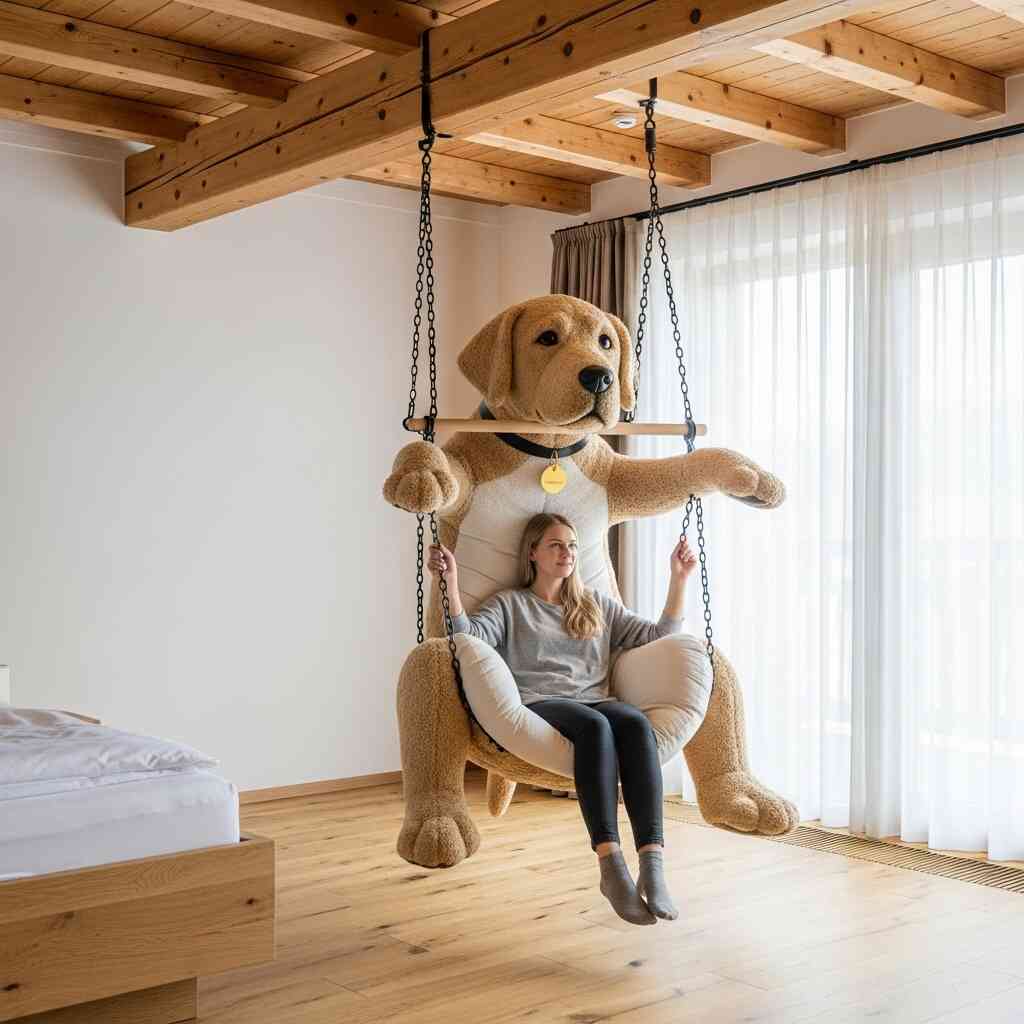
Design Philosophy: Where Function Meets Aesthetics
At the heart of every dog swing lounger lies a careful balance between practicality and beauty. Unlike conventional pet beds, which prioritize comfort alone, these loungers are designed with a dual audience in mind: the dog who uses it and the human who lives alongside it. This dual focus shapes every aspect of their construction, from material selection to structural integrity and visual appeal.
One of the most notable features of dog swing loungers is their suspension system. Unlike standard dog beds that sit directly on the floor, swing loungers are elevated and designed to sway gently when occupied. This motion provides a calming effect, similar to the rocking cradles used for infants. For dogs, especially puppies or anxious breeds, the gentle rocking can mimic the feeling of being held or rocked, promoting relaxation and reducing stress.
From a structural standpoint, these loungers must be robust enough to support varying weights and movements. Most are built with durable frames made from wood, metal, or high-quality plastic composites. The seating area itself is usually composed of breathable mesh fabric or soft, washable upholstery that ensures airflow and comfort. Some models include additional padding or bolsters around the edges, giving dogs a sense of security and encouraging them to curl up and settle in.
Aesthetic considerations are equally important. Designers understand that these loungers will be placed in living rooms, bedrooms, or patios—spaces where visual harmony matters. As a result, dog swing loungers come in a wide range of colors, patterns, and finishes to match different decor styles. Whether one prefers sleek modern lines or rustic farmhouse charm, there is likely a swing lounger that complements their interior vision.
Moreover, the shape and size of these loungers are tailored to accommodate different breeds and sizes of dogs. Smaller versions are perfect for cats or toy breeds, while larger, sturdier models can comfortably hold heavier dogs. This adaptability makes them suitable for households with multiple pets or families looking to upgrade from traditional sleeping arrangements.
Another key design element is accessibility. Many dog swing loungers feature low entry points or adjustable heights, allowing older dogs or those with mobility issues to climb in and out with ease. Some models even incorporate ramps or steps for added convenience. These thoughtful touches demonstrate a deep understanding of the diverse needs of pets and their owners.
Ultimately, the design philosophy behind dog swing loungers reflects a broader cultural shift toward treating pets as valued companions rather than mere animals. It acknowledges that their comfort and happiness are intertwined with our own and that the spaces we share should reflect that mutual respect. By merging function with aesthetics, these loungers elevate the everyday act of resting into a shared experience of comfort and joy.
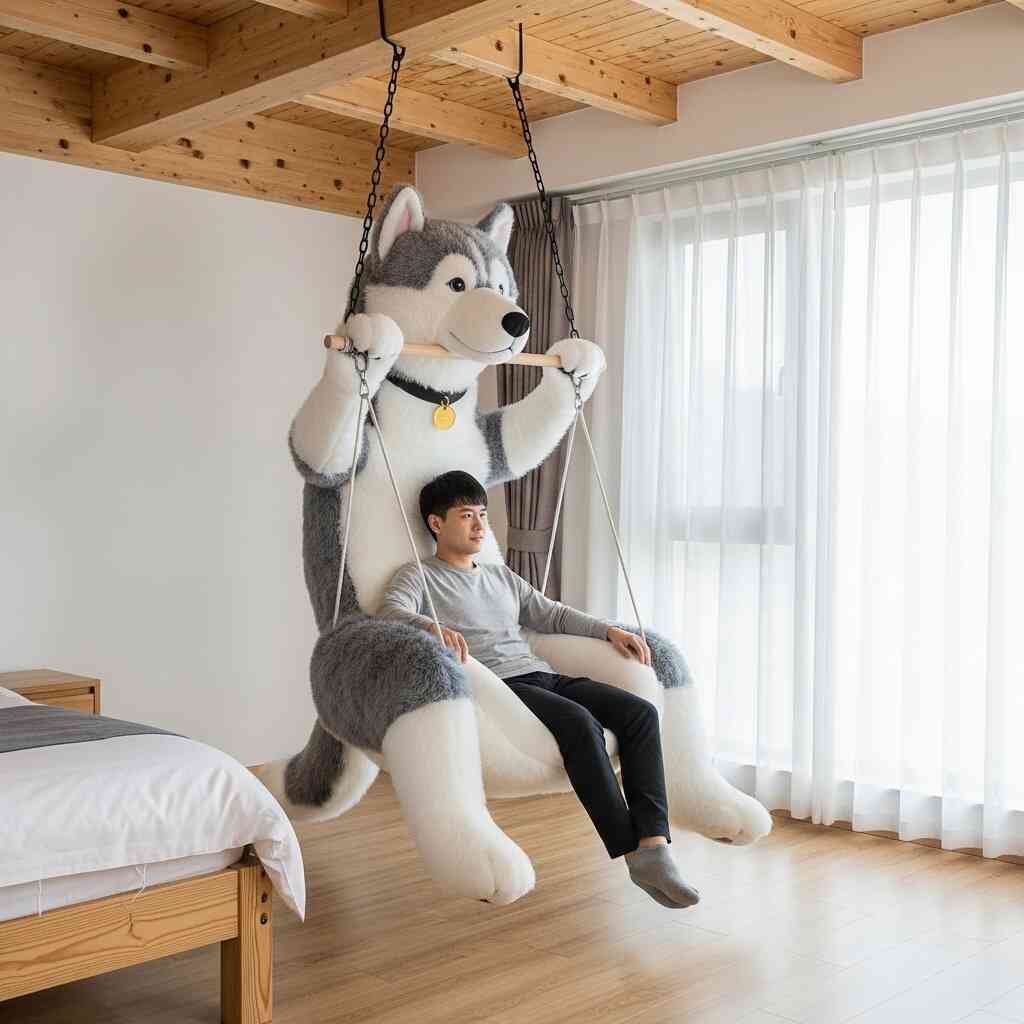
Emotional and Psychological Benefits for Dogs and Owners
Beyond their physical comfort and visual appeal, dog swing loungers offer significant emotional and psychological benefits for both pets and their human counterparts. In today’s fast-paced world, where stress and anxiety are common concerns for people and animals alike, having a designated space that promotes relaxation can make a meaningful difference.
For dogs, the presence of a swing lounger in their environment introduces a novel way to unwind. The gentle motion stimulates their senses in a calming manner, potentially reducing anxiety and promoting better sleep. Much like how humans enjoy the soothing sensation of a hammock or rocking chair, dogs seem to respond positively to the rhythmic swaying of these loungers. This is particularly beneficial for rescue dogs or those transitioning into new homes, as it offers a familiar, secure retreat amidst unfamiliar surroundings.
Additionally, the elevated position of the lounge allows dogs to observe their surroundings from a slightly higher vantage point. Many dogs feel more secure when they can see what’s happening around them, and the perch-like nature of a swing lounger satisfies this instinctual need. It gives them a sense of control over their environment, which can help reduce territorial behaviors or nervousness.
For owners, the presence of a dog swing lounger fosters a deeper connection with their pets. Watching a beloved dog curl up in a comfortable, stylish spot brings a sense of satisfaction and reassurance. It reinforces the idea that their pet’s well-being is a priority and that efforts have been made to create a space that caters specifically to their needs. This attention to detail enhances the bond between pet and owner, strengthening trust and companionship.
Moreover, the integration of pet-friendly furniture into shared living spaces encourages cohabitation and interaction. When a dog has its own designated spot within the main areas of the home—such as the living room or sunroom—it becomes part of the daily rhythm of family life. This inclusivity helps combat separation anxiety and reinforces the notion that the dog is a full-fledged member of the household.
There is also a subtle but powerful psychological benefit for humans who choose to incorporate dog swing loungers into their homes. Seeing a pet contentedly resting in a beautiful, thoughtfully chosen piece of furniture can evoke feelings of peace and fulfillment. It serves as a reminder that nurturing the well-being of others—whether human or animal—can bring immense personal joy.
In essence, dog swing loungers are more than just places for dogs to nap. They are vessels of emotional support, tools for behavioral enrichment, and symbols of the deep affection we hold for our four-legged friends. By investing in such furnishings, we affirm the value of our pets’ mental health and enrich our own lives in the process.
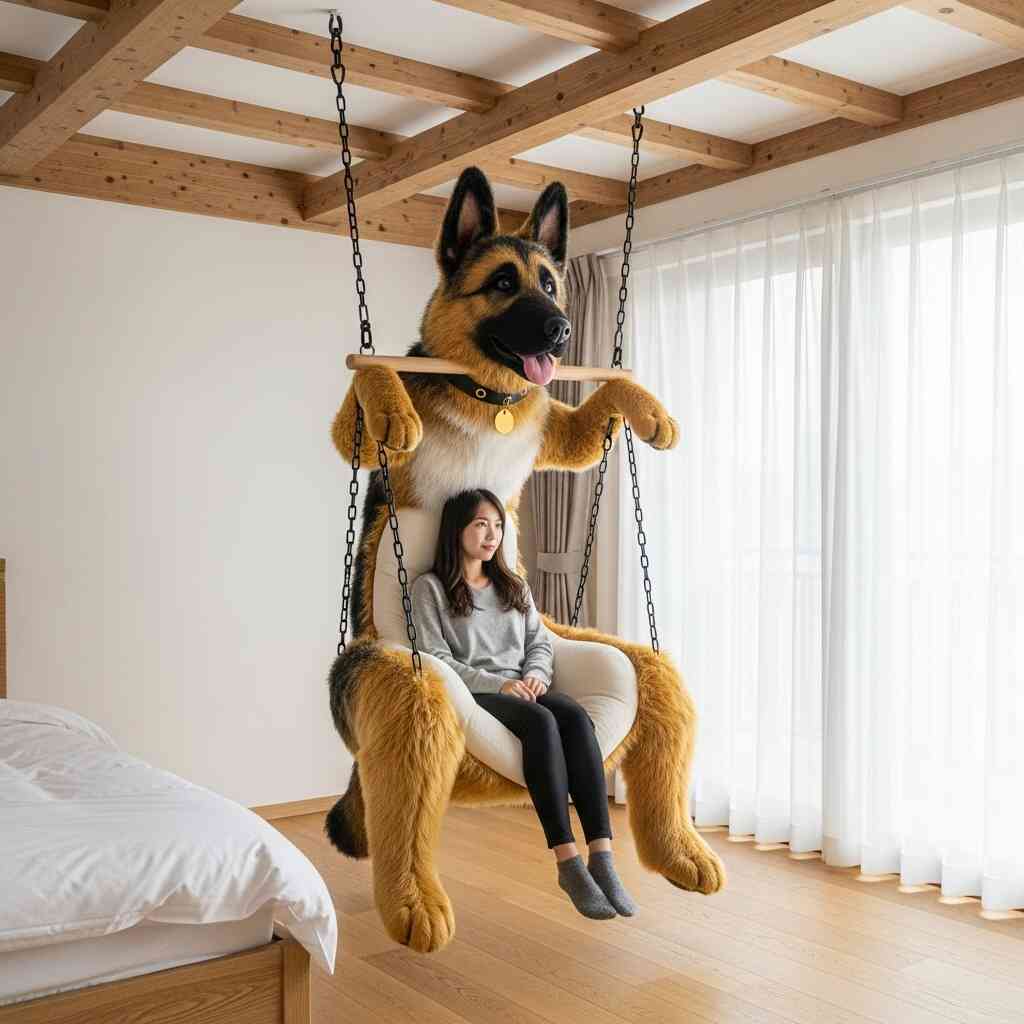
Enhancing Outdoor Living Spaces with Dog Swing Loungers
While much of the conversation around dog swing loungers centers on indoor use, their potential to enhance outdoor environments is equally compelling. Patios, decks, gardens, and even porches become more inviting and functional with the addition of these charming structures. Just as humans enjoy lounging outdoors in comfortable, shaded spots, so too do dogs appreciate a dedicated space where they can soak up the sun or take shelter from the heat.
Outdoor dog swing loungers are typically constructed with weather-resistant materials, ensuring longevity and durability against the elements. Fabrics are often treated to resist fading, mold, and mildew, while frames are made from rust-proof metals or UV-stabilized plastics. These adaptations allow the loungers to withstand exposure to rain, wind, and direct sunlight without compromising comfort or structural integrity.
The placement of a swing lounger in an outdoor setting encourages dogs to spend more time outside in a safe, controlled environment. This can be especially beneficial for urban dogs who may not have regular access to grassy parks or large yards. A well-positioned lounger in a sunny or shaded corner of a balcony or backyard provides a stimulating change of scenery, allowing dogs to engage with their surroundings in new ways.
Furthermore, outdoor loungers can serve as focal points for social gatherings involving pets. Dog-friendly events, whether casual meetups or formal parties, often revolve around shared experiences between pets and their owners. Having stylish, comfortable loungers available for visiting dogs adds a touch of hospitality and consideration, reinforcing the inclusive nature of such occasions.
From a design perspective, outdoor dog swing loungers contribute to the overall ambiance of a space. Much like decorative swings or hanging planters, they add vertical interest and a sense of whimsy. Depending on the style, they can complement existing outdoor décor, blending seamlessly with other furniture or standing out as eye-catching accents. This dual functionality—serving both practical and ornamental purposes—makes them valuable additions to any outdoor living area.
Incorporating these loungers into outdoor spaces also supports a holistic approach to pet wellness. Exposure to natural light and fresh air has numerous health benefits for dogs, including improved mood regulation and vitamin D synthesis. A swing lounger positioned under a tree or near a water feature creates a tranquil retreat where dogs can relax and rejuvenate in nature’s embrace.
Ultimately, extending the use of dog swing loungers beyond indoor settings enriches the relationship between pets and their environments. It acknowledges that dogs thrive not only in the comfort of the home but also in the open air, surrounded by the sights, sounds, and scents of the great outdoors.
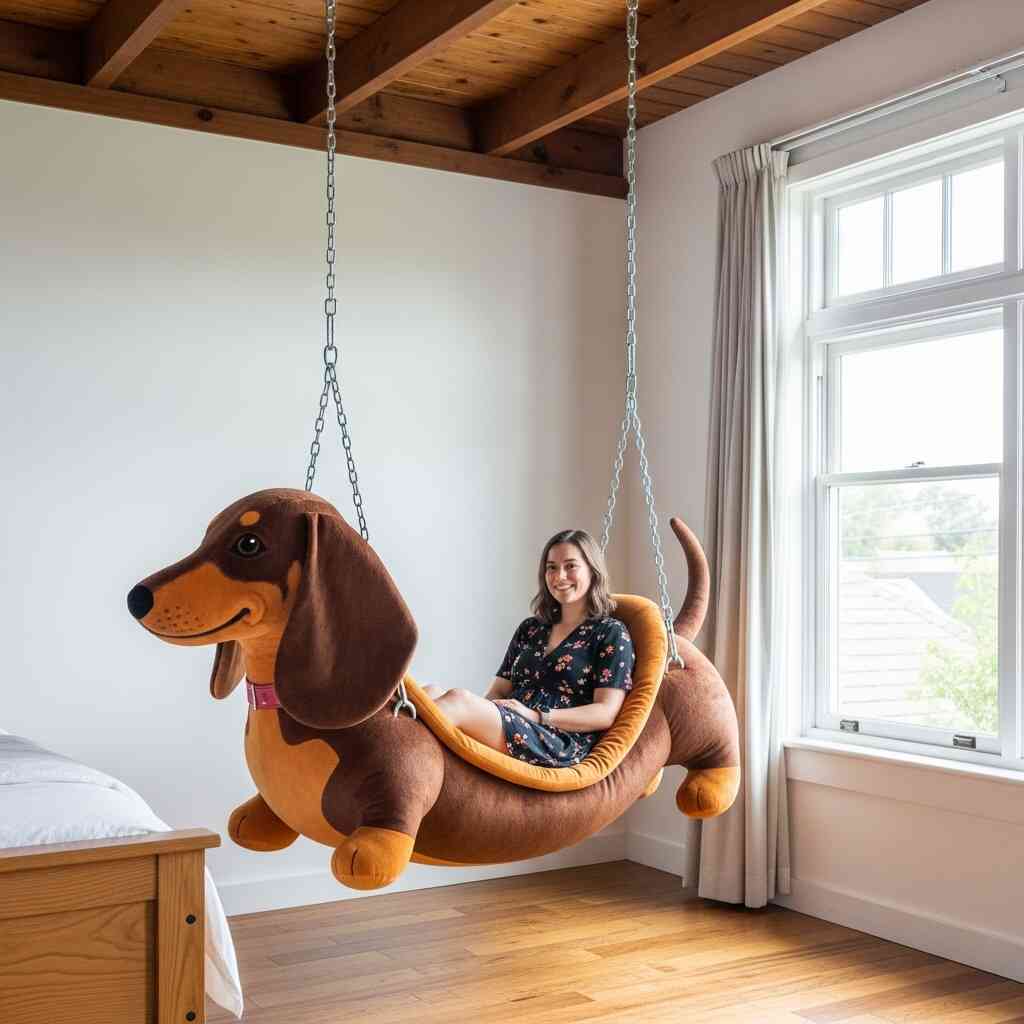
Customization and Personal Expression Through Dog Swing Loungers
One of the most appealing aspects of dog swing loungers is their adaptability to individual tastes and lifestyles. Unlike mass-produced pet products that lack personality, these loungers offer ample opportunities for customization, allowing owners to infuse their unique style into their pet’s living space. This level of personalization transforms what might otherwise be a utilitarian object into a meaningful reflection of the bond between pet and owner.
Customization begins with color and pattern choices. While neutral tones like beige, gray, and navy remain popular for their versatility, many manufacturers now offer vibrant hues and playful prints that allow for creative expression. Stripes, polka dots, floral motifs, and even custom embroidery options enable owners to select loungers that match their home’s color scheme or reflect their dog’s personality. A bold red lounger might suit a lively, energetic breed, while a pastel-colored model could complement a more serene, laid-back companion.
Material selection is another avenue for personalization. Some loungers are designed with ultra-soft fleece for maximum coziness, while others prioritize breathability with mesh panels or cooling gel inserts. For environmentally conscious pet owners, sustainable materials such as organic cotton or recycled fabrics are increasingly available, aligning with ethical values without sacrificing comfort.
Beyond aesthetics, functional customization plays a crucial role in tailoring loungers to specific needs. Adjustable height settings allow owners to modify the lounger based on their dog’s age, size, or mobility requirements. Removable cushions and washable covers simplify maintenance, ensuring that the lounger remains clean and fresh despite daily use. Some models even feature interchangeable attachments, such as chew-resistant toys or scent diffusers, adding layers of enrichment and engagement.
Personalization extends to the very structure of the lounger. Modular designs allow for expansion or reconfiguration, enabling owners to adapt the furniture as their household evolves. Whether adding a second seat for a new puppy or incorporating a canopy for shade, these customizable elements ensure that the lounger grows with the family.
Perhaps most importantly, customization fosters a sense of identity and belonging for both the pet and the owner. When a dog has a space that is uniquely theirs—designed with care and attention to detail—it reinforces their status as cherished family members. This personalized approach nurtures emotional connections and strengthens the shared experience of home life.
By embracing customization, dog swing loungers transcend their basic function and become extensions of the personalities and values of those who use them. They are not merely places to rest but expressions of love, creativity, and commitment to providing a pet with a truly special environment.
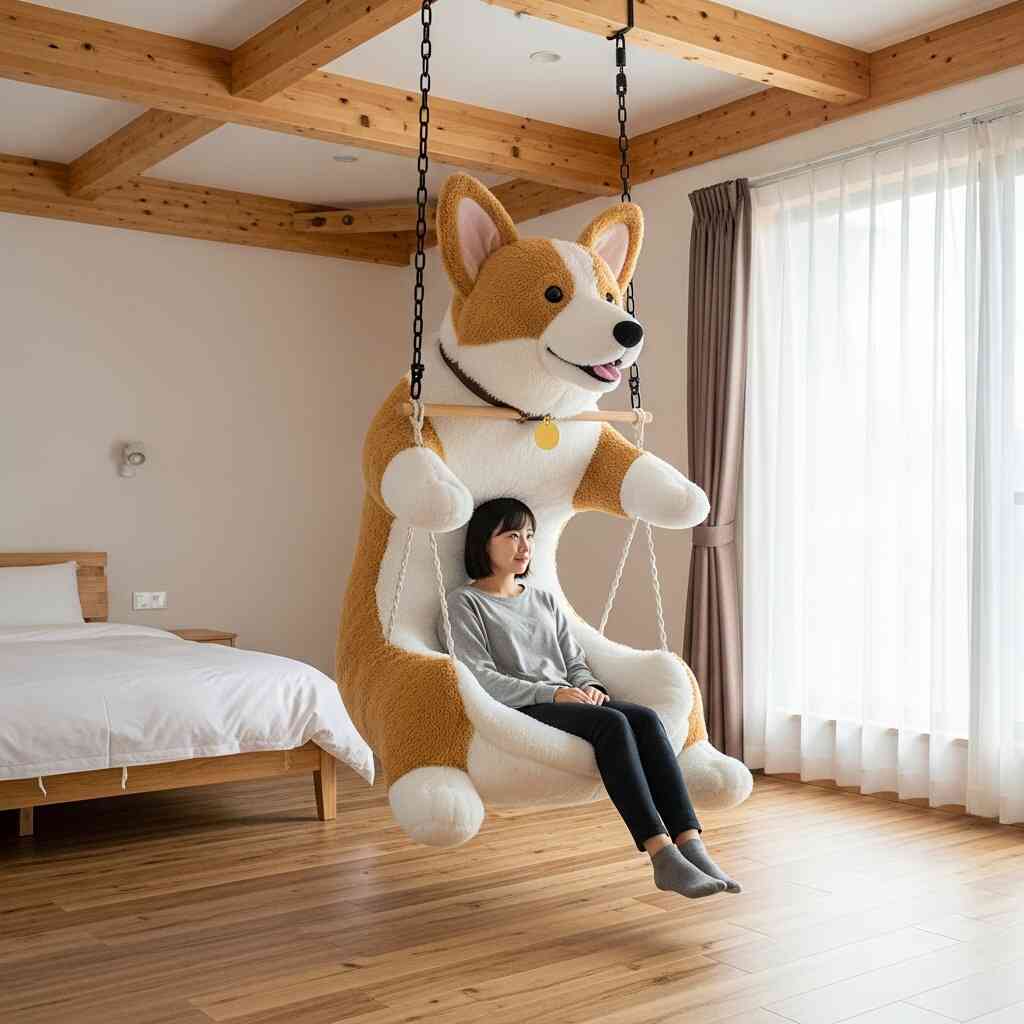
Conclusion: A Harmonious Blend of Comfort and Character
Dog swing loungers exemplify the evolving relationship between humans and their canine companions. No longer confined to utilitarian roles, these loungers represent a thoughtful fusion of comfort, design, and emotional resonance. They are more than just furniture—they are symbols of a lifestyle that prioritizes the well-being and happiness of pets in a way that complements human living spaces.
Through their innovative design, dog swing loungers offer unparalleled physical comfort while contributing to the emotional enrichment of both dogs and their owners. They encourage relaxation, stimulate sensory experiences, and foster a deeper sense of connection between pets and their environments. Whether indoors or outdoors, these loungers serve as inviting sanctuaries where dogs can unwind in style.
Moreover, their aesthetic appeal bridges the gap between pet care and interior design, proving that functional items for pets can be just as stylish and intentional as those meant for humans. The ability to customize these loungers further enhances their value, allowing owners to express their personalities and create spaces that reflect their shared lives with their pets.
As society continues to recognize the importance of holistic pet care, products like dog swing loungers will undoubtedly play an increasingly prominent role in shaping the future of pet-friendly living. They remind us that our pets deserve spaces that are not only safe and comfortable but also beautiful and meaningful. In choosing a swing lounger for a beloved dog, we are not simply purchasing furniture—we are crafting an experience, a moment of serenity, and a testament to the enduring bond between humans and their loyal companions.
In merging comfort with canine charm, dog swing loungers do more than provide a place to rest. They celebrate the joy, companionship, and mutual affection that define the human-dog relationship. And in doing so, they elevate the everyday act of lounging into something truly special—an expression of love, care, and shared happiness.

